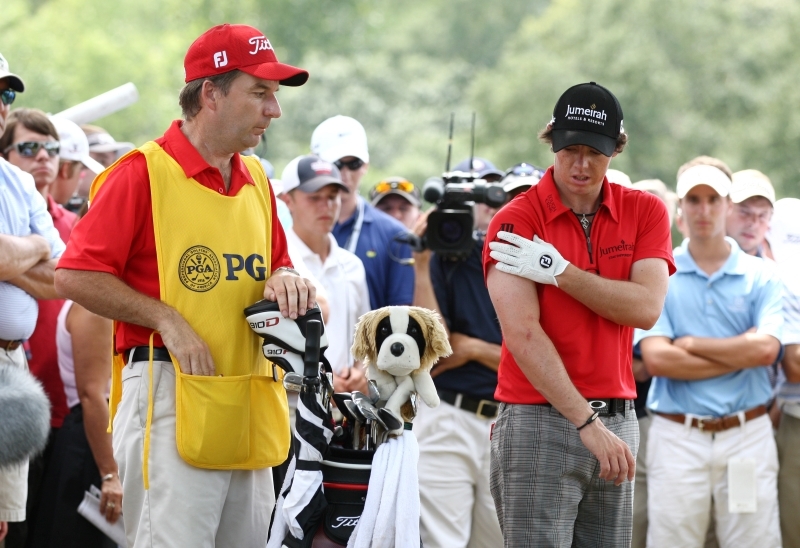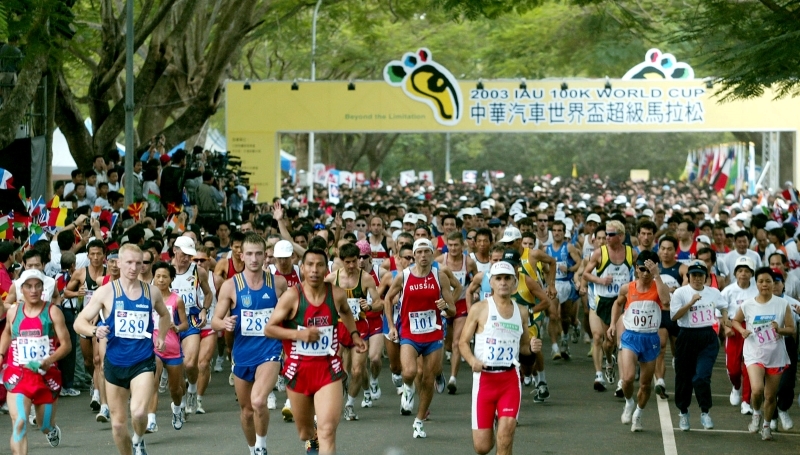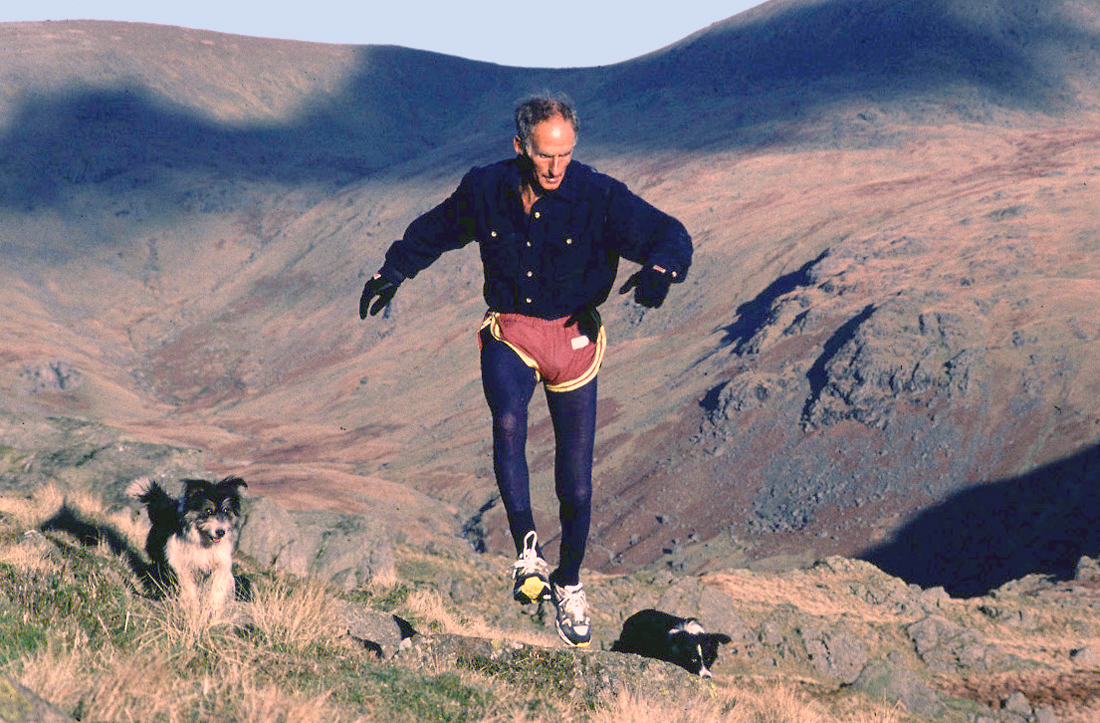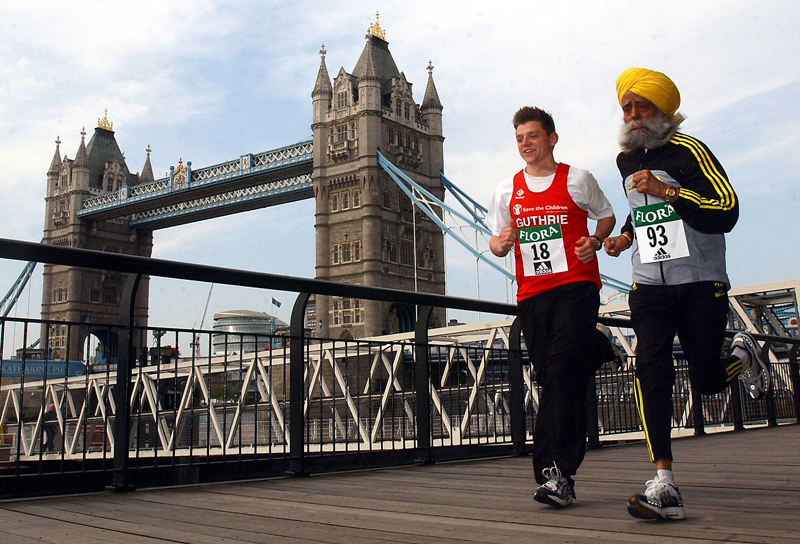You are viewing 1 of your 1 free articles. For unlimited access take a risk-free trial
Older athletes: don't get sore, get faster!

All other things being equal, older athletes experience more post-exercise muscle soreness and take longer to recover. But as Sports Performance Bulletin explains, applying knowledge from recent sport nutrition research could help masters athletes recover faster...
It’s an inescapable fact that as you age, you will experience a steady decline in your maximal exercise capacity. The reason for this decline is primarily due to a combination of reduced muscle mass and decreased heart, lung and circulatory function. We know this to be true because over the years, numerous studies have shown that:- *Your biological/physical peak is usually reached between ages 20-35;
- *Your maximum heart rate declines as you age and (partly because of this fact) your maximum oxygen uptake capacity also declines by about 1% per year.
- *As you age, the mass of fast-twitch muscle fibres (needed to produce power during high-intensity exercise) starts to steadily decline, with the fastest loss of muscle power occurring during the fourth decade (31-40 years). After this point, a gradual but slower loss of power continues as we continue to age.
In addition, other factors can work in your favor. For instance, with more experience ‘under the belt’, older athletes are more likely to train ‘intelligently’ – ie adopting a more scientific approach using a structured and focused training program (rather than simply bashing out the miles) and employ nutritional strategies to maximize performance and recovery. Older athletes also tend to be better at understanding their own responses to training and adapting a training program to suit their body rather than blindly following a ‘one size fits all’ approach.
Slower recovery
Despite all these positives however, the challenges for older athletes don’t stop there because with advancing years, your capacity to recover rapidly from prolonged or hard bouts of training or competition also declines. You’re also more likely to suffer from post-exercise soreness. And that’s important because slower recovery means that training frequency, or intensity, or both have to be curtailed, potentially limiting fitness gains. Indeed, rather than a decline in performance, it’s the slower recovery after hard training sessions that many older athletes seem to notice first - an observation that is supported by good research.In a key study carried out by Australian scientists, eighteen well-trained cyclists, nine ‘veterans’ (average age 45 years) and nine ‘young’ cyclists (average age 24 years) performed three consecutive days of high-intensity 30-minute cycling time trials(1). Importantly, these trials were designed to induce fatigue, leading to decreased performance. Each day, before, during, and after each time trial, the cyclists’ perceptions of muscle soreness, fatigue, and recovery were all recorded. The good news was that there was no change in time-trial performance over the three days for either group. The bad news was that muscle soreness and perceived recovery changed significantly (for the worse) over the three days in the veteran group, but not in the young group.
Although the mechanisms of the effects of ageing on muscle metabolism and recovery are poorly understood, there are a number of other studies showing that older athletes do indeed take longer to recover from strenuous exercise – particularly exercise that produces higher than normal amounts of muscle damage(2). Examples of particularly muscle-damaging exercise include downhill running with high amounts of pounding on foot strike, and the muscle breakdown following intense resistance exercise.
Nutritional strategies
An obvious question of course is whether there are any nutritional strategies that can help prevent and/or repair muscle damage more rapidly and accelerate recovery in older athletes? This is exactly the question that researchers tried to answer in a study looking at recovery nutrition in masters triathletes(3).In this study, scientists investigated the effect of significantly higher than recommended post-exercise protein feeding on the recovery of the quadriceps (frontal thigh) muscles following muscle-damaging exercise in older triathletes. Eight well-trained masters triathletes (average age 52 years) completed two trials separated by seven days in a randomized, double-blind, crossover study – the most scientifically rigorous kind. These trials consisted of a 30-minute muscle-damaging downhill run followed by an eight-hour recovery period.
In both trials, the triathletes were fed protein immediately after and then every two hours during the recovery period; however, in one trial they consumed moderate amounts of protein (0.3 grams per kilo of bodyweight per feeding) while in the other trial, they consumed much higher levels of protein (0.6 grams per kilo of bodyweight). Before and after each trial, the peak force levels of the triathletes’ quadriceps muscles were measured and their performances in a cycling time trial after each trial were also assessed.
The results showed that while the triathletes’ cycling time trial performances seemed to be no different between the moderate and high-protein feeding trials, feeding higher levels of protein accelerated quadriceps muscle recovery. When the subjects consumed moderate levels of protein during recovery, they experienced a drop of 8.6% in peak force in the post-trial test. However, consuming high levels of protein resulted in a drop of just 3.6%. Moreover, the high-protein feeding also resulted in significantly less perceived fatigue compared to moderate protein consumption. Other studies have demonstrated that post-exercise protein is important for recovery in endurance athletes, but these findings suggest that it could be particularly important for older athletes.
Cherry oh baby
Cherries first hit the sports nutrition headlines back in the mid 2000s, when it was discovered that by consuming tart cherry (Montmorency) juice, athletes were able to reduce the extent of exercise-induced muscle damage following very strenuous exercise. Soon after, other studies confirmed that this reduced muscle damage might explain why cherry juice could also reduce post-exercise muscle soreness. The benefits of tart cherry juice have been observed in studies on runners(4), arthritis sufferers(5), and resistance trainers(6). In the intervening years, further research has also suggested that cherry juice taken after an initial bout of hard exercise might help reduce soreness and also improve exercise efficiency during a second bout a few days later.The most likely explanation of the benefits of cherry juice is that tart cherries are an excellent source of naturally-occurring compounds called ‘phenolics’. These compounds are powerful antioxidants and also exert a powerful anti-inflammatory effect. Indeed, studies show that eating around 45 cherries per day can significantly reduce circulating concentrations of markers associated with inflammation in healthy men and women(6,7).
Even better, some of the more recent research suggests that consuming tart cherry juice before exercise can not only reduce post-exercise muscle soreness, but also boost performance(8). In one study, researchers took 27 endurance-trained runners and triathletes and split them into two groups matched for average race pace, age, bodyweight and fat-free mass. Subjects in one group were given a daily capsule containing 480mgs of powdered tart cherries [CherryPURE®] for 10 days before a half-marathon race and for 2 days afterwards. The subjects in the other group followed exactly the same supplementation and race schedule but instead were given a placebo capsule containing nothing more than rice flour. Importantly, neither group nor the researchers knew who was taking what (double blinded). After 10 days of supplementation, all the athletes completed a half-marathon run. As well as muscle soreness ratings post exercise, the athletes’ run times were also recorded.
As expected, the tart cherry-supplemented athletes reported lower levels of post-exercise muscle soreness before the race and experienced more rapid recovery from soreness after the race – evidenced by lower levels of inflammatory chemicals. The (major) bonus was that the athletes in the tart cherry group averaged 13% faster times in the half-marathon race and tended to have smaller deviations from their predicted race pace compared to the placebo athletes.
How could the cherry juice improve performance, as well as help reduce muscle soreness? Well, one explanation is that with reduced pre-race soreness, the athletes were able to maintain a better (and more efficient) running form – as evidenced by their improved ability to stick to their projected race paces. Or, it may be that the powerful antioxidant compounds in the cherries themselves are able to actively enhance performance – something that has also been observed with blackcurrant extracts(9,10). Either way, tart cherry supplementation could be worth a try for older athletes in the run up to an important event!
Putting it into practice
Strategies to accelerate recovery and overcome post-exercise muscle soreness are important for all athletes. But for older athletes who are likely to recover more slowly and more prone to muscle soreness, these strategies are especially important. Here then are some nutritional tips incorporating some of the more recent findings in this area.Protein feeding:
- Older athletes should pay special attention to their post-exercise protein intake, especially after unusually long or strenuous bouts of exercise.
- Begin feeding protein (along with carbohydrate) immediately after training, and then at regular intervals (90-120 minutes) afterwards.
- In the early stages of recovery, a fast-releasing protein such as whey is preferable to a slow-releasing protein such as casein; tired hungry muscles are especially primed to absorb amino acids (protein building blocks) in the early stages after exercise.
- During later stages of recovery, slower-releasing proteins (for example from meat, fish, milk products etc) are fine for keeping the supply of amino acids to the muscles topped up.
- Previous research has suggested that no more than 20g of protein can be absorbed by muscles in any one feeding. New research suggests that higher amounts – possible as much as 40g – could provide additional benefits for older athletes.
- If time is tight or life is complicated, and you can only manage one post-exercise protein feeding, the most beneficial will be the one immediately post exercise. Aim to consume 40g of protein in this feeding.
Cherry supplementation:
- If you want to try out cherry extract supplementation, be sure that the supplement is from tart cherries - eg Montmorency tart cherries. Ordinary sweet cherries, while delicious and healthy, don’t have the same antioxidant levels as tart cherries.
- Allow at least a week to 10 days of supplementation before expecting the full benefits of supplementation; it takes time for the compounds to accumulate and exert maximum effect.
- Choose a reputable brand of tart cherry extract with proven high levels of antioxidants. Some of the cheaper brands may contain extracts that aren’t rich in the biologically active ingredients.
General advice:
- Allow longer recovery periods after particularly hard or prolonged training sessions.
- Pay careful attention to your day-to-day nutrition, ensuring that you consume high quality carbohydrates with some quick-releasing protein after every training session to maximize recovery.
- Remember that strength, power and flexibility decline disproportionately with advancing years; incorporate some strength and power training (eg interval training) into your weekly routine and be prepared to increase this to maintain performance at shorter distances.
References
- J Sports Med Phys Fitness. 2008 Jun;48(2):272-7
- Mech Ageing Dev. 2008;129(6):313–321
- Int J Sport Nutr Exerc Metab. 2017 Feb;27(1):76-82
- Scand J Med Sci Sports. 2010 Dec;20(6):843-52.
- Osteoarthritis Cartilage. 2013 Aug;21(8):1035-41
- Br J Sports Med. 2006;40:679–83
- J Nutr. 2003;133:1826–1829
- J Int Soc Sports Nutr. 2016 May 26;13:22
- Sports (Basel). 2017 Sep 15;5(3). pii: E69
- Eur J Appl Physiol. 2015 Nov;115(11):2357-65
Newsletter Sign Up
Testimonials
Dr. Alexandra Fandetti-Robin, Back & Body Chiropractic
Elspeth Cowell MSCh DpodM SRCh HCPC reg
William Hunter, Nuffield Health
Further reading
Newsletter Sign Up
Coaches Testimonials
Dr. Alexandra Fandetti-Robin, Back & Body Chiropractic
Elspeth Cowell MSCh DpodM SRCh HCPC reg
William Hunter, Nuffield Health
Keep up with latest sports science research and apply it to maximize performance
Today you have the chance to join a group of athletes, and sports coaches/trainers who all have something special in common...
They use the latest research to improve performance for themselves and their clients - both athletes and sports teams - with help from global specialists in the fields of sports science, sports medicine and sports psychology.
They do this by reading Sports Performance Bulletin, an easy-to-digest but serious-minded journal dedicated to high performance sports. SPB offers a wealth of information and insight into the latest research, in an easily-accessible and understood format, along with a wealth of practical recommendations.
*includes 3 coaching manuals
Get Inspired
All the latest techniques and approaches
Sports Performance Bulletin helps dedicated endurance athletes improve their performance. Sense-checking the latest sports science research, and sourcing evidence and case studies to support findings, Sports Performance Bulletin turns proven insights into easily digestible practical advice. Supporting athletes, coaches and professionals who wish to ensure their guidance and programmes are kept right up to date and based on credible science.











